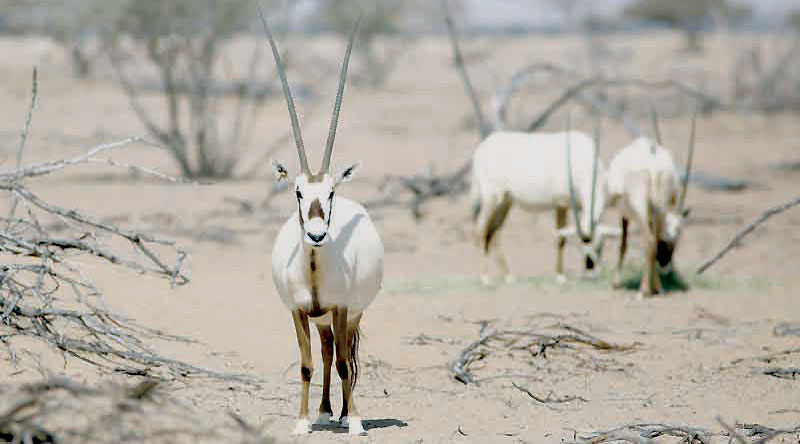

MUSCAT: The wildlife reserve in the Governorate of Al Wusta will be opened to the public for two weeks starting from November 30, according to a decision taken by the Office for Environment Conservation at the Diwan of Royal Court.
Entry permits will be available for citizens, expatriates, researchers, wildlife photographers and stakeholders at the reserve’s entrance.
Haitham bin Abdullah al Amri, Director, Wildlife Reserve at the Office for Environment Conservation, said the reserve boasts diverse wild animals and plants as well as water resources and terrains that contribute to the preservation of Omani nature.
It is the largest among the five reserves overseen by the Office for Environment Conservation.
Al Amri stressed the importance of abiding by rules and regulations when visiting the reserve to ensure the safety of visitors and the preservation of animals and plants.
Guests should enter the reserve through the main entrance and they should carry a copy of their ID cards/ residence cards, he said.
Visitors have been asked to use 4x4 vehicles and check their safety equipment. The reserve will be open from 7:30 am to 11 am and from 3 pm to 5 pm. Out of the five protected areas under Diwan of the Royal Court present in Muscat, Al Wusta Governorate and Dhofar Governorate, Al Wusta reserve has had to face challenges vis-à-vis its wildlife.
The challenge has been the problem of illegal hunting, which experts believe, can be tackled through eco-tourism. “We are closely working with Tanfeedh to increase the potential to develop eco-tourism on a larger scale,” according to officials.
The targeted animals are mostly the Arabian Gazelle and the Arabian Oryx. These species are an important part of Oman’s natural heritage. The Jiddat al Harasis used to have its own rangers from the local community in the past, says an expert.
The population of Arabian Oryx in the reserve stands at 600. There are other species such as the Sand Gazelle (Reem), Arabian Gazelle and Ibex.
The reserve has landscapes and geological diversity that attracts geologists from all over the world because there are some geological features in Huqf area that are not found anywhere in the world.
They are important for the petroleum industry as these layers are not exposed to the surface. Layers that contain oil are usually found a few kilometres underground.
Here, they are exposed to the surface. This is why students of geology from many universities around the world come here.
The reserve was earlier called The Oryx Sanctuary. A Royal Decree renamed it the Al Wusta Wildlife Reserve. — ONA
Oman Observer is now on the WhatsApp channel. Click here



